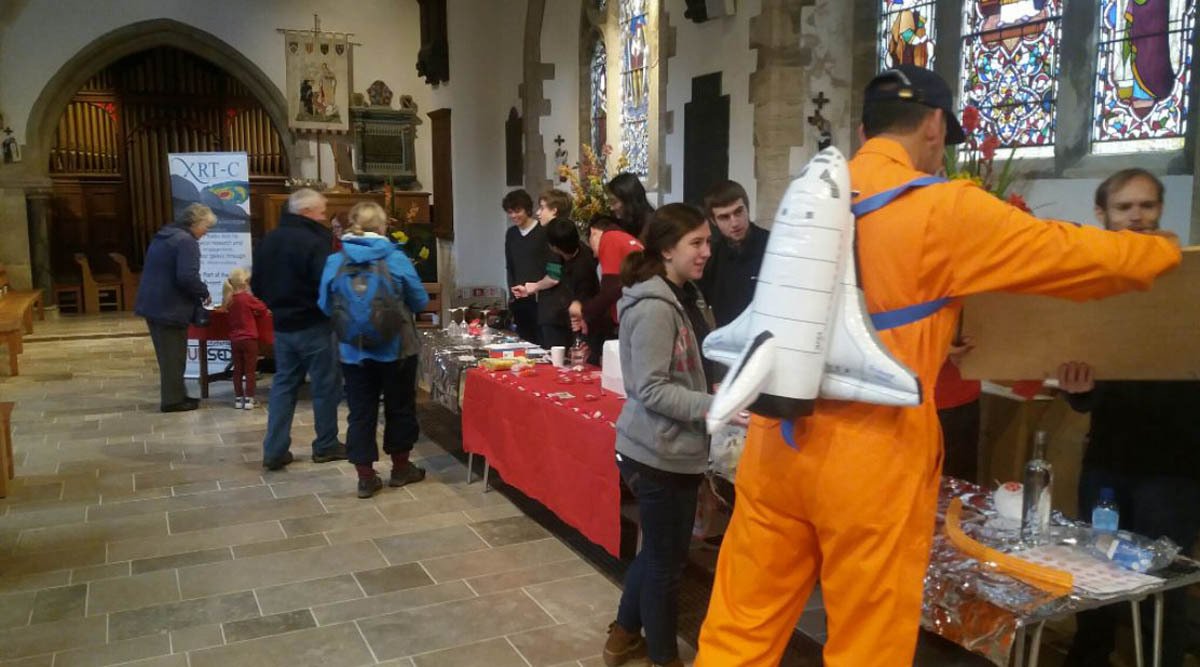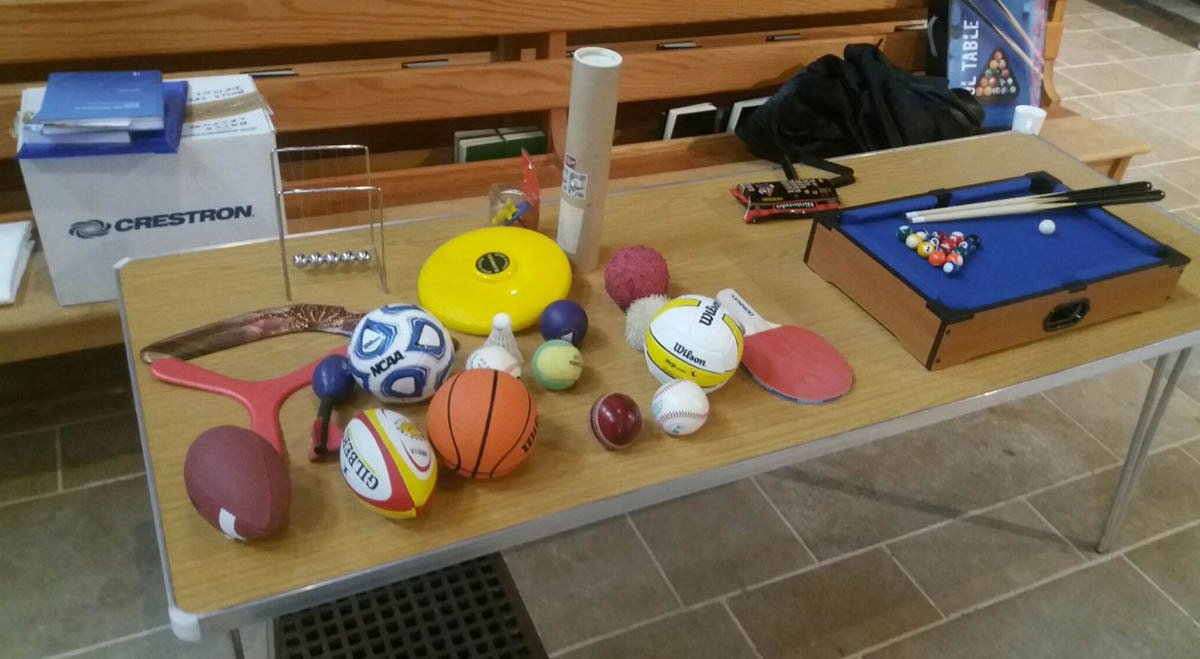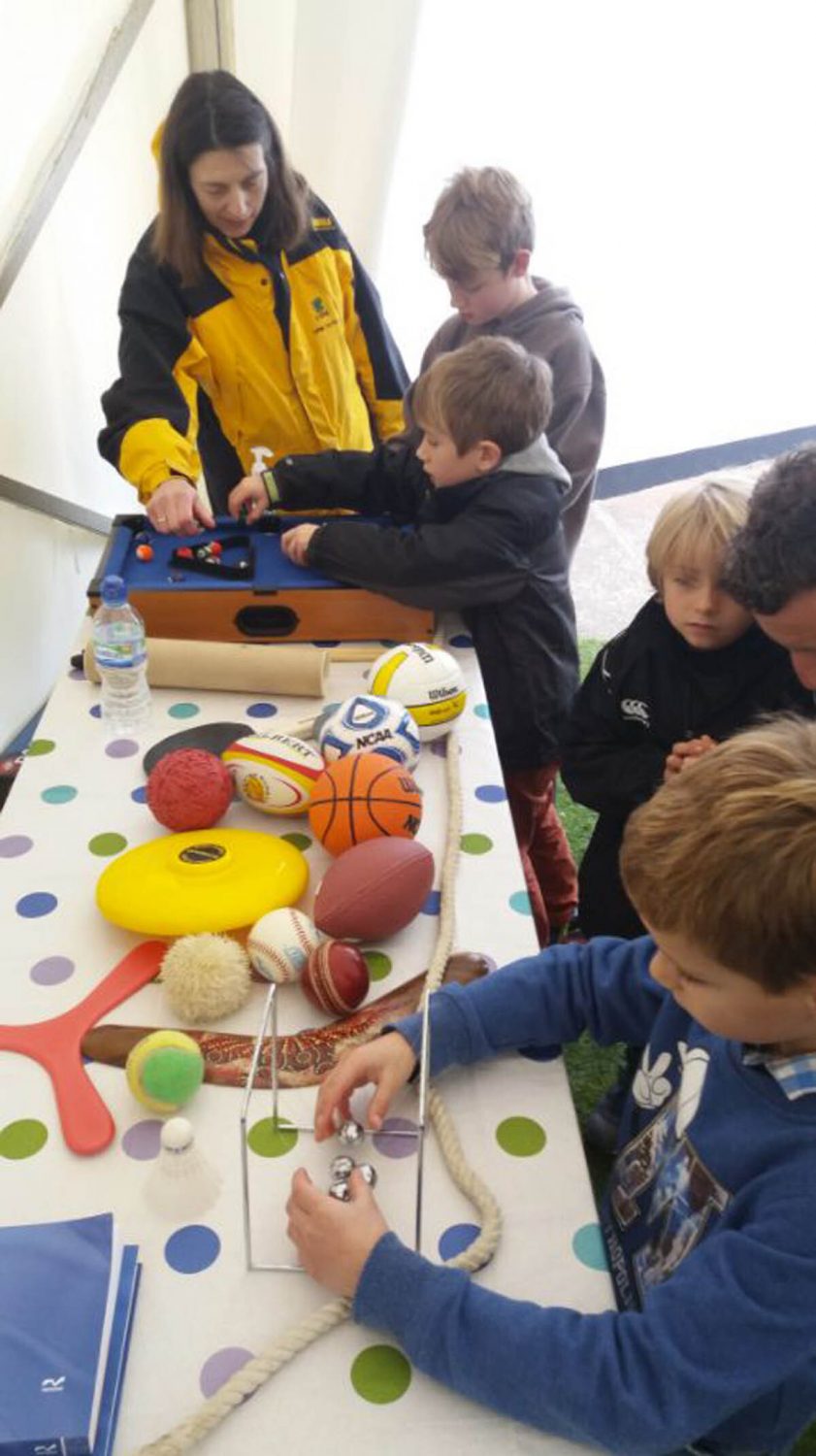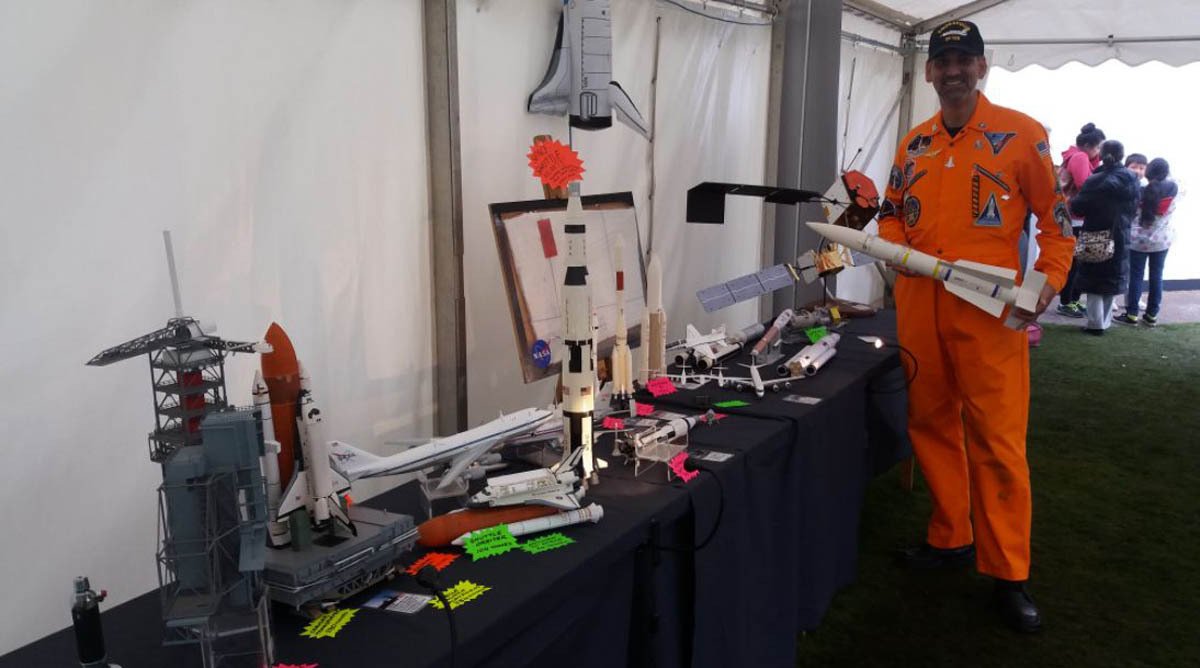
Fancy a bit of post-lockdown educational fun? Why not give a Science Festival a try?
Think of Sidmouth and what springs to mind? The Regency architecture, perhaps? The wonderful rock formations and colourations of the Jurassic Coast? Or maybe the gorgeous, flamboyant, mad turmoil that is its famous annual folk festival?
How about the Sidmouth Science Festival though, which begins on Friday 8 October, and runs for ten days until 17 October? Now in its tenth year, the number and range of activities designed for visitors of all ages have mushroomed.
When I was an academic I was encouraged to ‘volunteer’ for many such scientific events which were aimed at appealing to the general public. The idea was to attract our next generation into scientific careers. These events were called ‘outreach activities’ – an unfortunate term in my view, evocative of someone drowning and reaching out desperately for help. Once I had retired I thought I’d left all that behind me, but …

I can’t remember how I first got involved, but suffice to say, one year in October I found myself in a marquee on the Norman Lockyer Observatory site with a tableful of sports equipment. I was attempting to demonstrate to students of all ages – and their parents, grandparents and even their younger siblings – the way discuses, javelins, shuttlecocks and boomerangs fly through the air. I suppose, educationally speaking, this type of demonstrating has a kind of car-boot sale dynamic, with groups of friends or families arriving in dribs and drabs, then suddenly in droves, and then again moments later I’m standing there alone.
After a year or two, I was relocated to St Giles & St Nicholas Church in Sidmouth town centre. This location had the advantage of no crosswinds to blow the boomerangs (made of foam) off course. Furthermore, the church boasted a granite flag floor – clearly installed in the nineteenth century so I could demonstrate how high my superballs could bounce! A great improvement on the more pliant boarded earth floor of the observatory marquee.
Then, on a different day, I was offered a second ‘stall’ on ‘The Ham’ – that little patch of grass which sits just where the River Sid serenely enters the ocean. Here I demonstrated how different types of renewable energy could be generated. The children loved making waves for the wave generator to do its business, and blowing on the model wind turbine to create as much electricity as they could.
For someone with a lifetime of lecturing experience spent safely standing behind a lectern while speaking to a group of students, all of similar ages and interests, this free-form type of schooling was a new experience to me, and I learnt much. The children were, by and large, wonderful. The younger ones were attracted to the movements and colours of the model wind turbines or the Newtons Cradle; the older ones, perhaps trying to catch me out, posed scientific questions. They could also help me untangle my Newton’s Cradle after the younger ones had become a little over-enthusiastic with the balls attached by fine nylon to the cradle. Apparently, my eyesight is not what it was!

Stand-out moments include the time a young lad, about eight years old, was totally obsessed by the Newton’s Cradle. He systematically worked out all the possible combinations of ball interactions, and then attempted to video them on his phone for posterity. I should point out that this was around the time, you may remember, when the then Education Secretary, Michael Gove, was attempting to alienate the entire education establishment by seeking to ban mobile phones from the classroom. He also suggested that learning the thirteen-times table by rote was important in the modern age. Finally, having failed on both those fronts, he succeeded in creating a lasting legacy by equipping every school in the country with the, so-called, Gove Bible, supposedly for ‘English literature purposes’. But I digress.
I will, if I may, just regale you with one more tale. A young lass of about six years old was trying to use my mini-pool table in the same way as her elder sibling had admirably demonstrated. She just could not master the manipulation of the cue, despite much help from her elder brother, then from me, and finally from various other members of the passing public. In time she disappeared, only to return armed with … an acoustic gun – this is not as bad as it sounds. The acoustic gun was a piece of equipment from the stall next to mine, with which she had been playing earlier. It’s in the shape of a big funnel with a rubber membrane stretched across the larger, open end. To ‘fire’ it, a cable attached at the centre of the membrane is pulled through the spout end of the funnel, then pulled tightly back and suddenly released. It works like a two-dimensional catapult, but blasts a packet of air forwards with a rather entertaining ‘bang’. You can feel the powerful air explosion from quite a distance. Now, I wonder if you can see where this is heading …
She pointed the acoustic gun at the cue ball and blasted away without actually touching the ball itself. It worked! After a very short time, she became quite proficient at pocketing an assortment of coloured balls correctly via the cue ball, and without penalty. She was shooting the cue ball by the blast of air from the gun. Now, as I see it, this is the very essence of science problem solving in action. She had recognised two, unrelated scientific activities and discovered the solution to her problem lay in identifying the link between them. This, more than anything else, is what marks a truly great scientist, a quality this young lass exhibited in spades.

So let’s get back to this year’s festival. You may have noted from my extensive use of the past tense, and possibly the overall tone of this article, that I will be unable to attend this year. My reason is Covid-related and I touched on my personal situation in a previous article I wrote for West Country Voices; it is, however, a great sadness to me. Notwithstanding this, please look at the wide range of activities on offer (which includes demonstrations, talks, scientific walks and visits) as well as all the scientific celebrities they have managed to attract for talks and lectures during this, still difficult, post-lockdown period.




